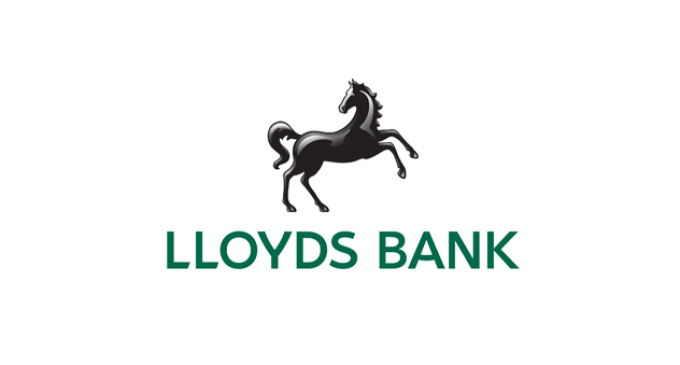Number of UK sectors in growth mode hits 10-months high

More UK sectors reported an increase in output than at any time in the past 10 months in February, as stronger demand and weaker cost inflation drove activity, according to the Lloyds Bank UK Sector Tracker. Of the 14 sectors monitored by the tracker, 11 saw output expand in February (vs. 6 in January) – the highest number since April 2022. A reading above 50.0 on the Tracker indicates expansion, while a reading below 50.0 indicates contraction.
Technology equipment manufacturers posted the fastest rate of output growth (63.6 vs. 48.4 in January), supported by stronger new orders, improved capacity and fewer semiconductor shortages, according to surveyed firms.
Slower inflation drives new order growth
Output growth across sectors was supported by increasing numbers of new orders. In February, 10 of the 14 sectors saw new order volumes expand (compared to five in January). Food and drink manufacturers saw new order volume grow at the fastest rate (59.8 vs. 54.8 in January).
Increasing customer confidence amid weaker inflation helped drive the rise in demand. The number of businesses across the economy linking lower orders to higher prices almost halved month-on-month (4.23 times the long-term average in February vs. 8.0 times in January).
Businesses’ own pace of cost inflation also slowed in February. Of the 14 sectors monitored, 12 reported a slower pace of cost inflation than the month before (vs. 10 in January), driven by falls in materials and energy costs.
Metals and mining firms saw the largest slowdown in input cost inflation (51.0 in February vs. 69.0 in January), followed by healthcare businesses (67.6 vs. 76.6). Meanwhile, tourism & recreation – which includes pubs, hotels and restaurants (80.4 vs. 86.7) – transportation (67.9 vs. 69.2), and the food and drink manufacturing (60.3 vs. 61.3) sectors also saw price pressures ease.
Firms hire, but increasingly report staff shortages
UK businesses increased their headcounts for the first time in three months during February. However, despite the pick-up in headcount, reports by firms of staff shortages rose. In February, the number of businesses commenting on backlogs of work due to labour shortages was at an eight-month high (4.64 times the long-run average vs. 4.19 in January).
Jeavon Lolay, Head of Economics and Market Insight at Lloyds Bank Corporate & Institutional Banking, said: “February’s data underlines the economy’s relative robustness, and gives some reasons for optimism for the year ahead. While inflationary pressures are still acute and households continue to be cautious with spending, a healthy labour market is helping underpin confidence and demand.
“However, it will also play a crucial role in inflation’s future trajectory. A persistently tight labour market could maintain, or even accelerate, wage inflation.”
Scott Barton, Managing Director, Lloyds Bank Corporate & Institutional Banking, added: “As demand strengthens, management teams will need to shift their attention to building capacity. While staffing will be a critical aspect of this, so will be the timing and structuring of investment flows. The key will be to manage the impact on available working capital. With strategic planning and prudent financial management businesses can position themselves for sustainable growth.”
In February, the UK sectors reporting output growth were: chemicals manufacturing (50.7), automobiles and auto parts manufacturing (50.3), food and drink manufacturing (55.5), household products manufacturing (51.1), tourism and recreation (56.5), banks (58.5), real estate (53.3), healthcare (51.9), industrial goods manufacturing (54.7), industrial services (55.2) and technology equipment manufacturing (63.6).
The UK sectors reporting a slower pace of input cost inflation were: metals and mining (51.0 in February vs. 69.0 in January)), automobiles and auto parts manufacturing (59.6 vs. 62.4), food and drink manufacturing (60.3 vs. 61.3), household products manufacturing (57.5 vs. 64.6), tourism and recreation (80.4 vs. 86.7), real estate (69.3 vs. 74.2), healthcare (67.6 vs. 76.6), industrial goods manufacturing (61.9 vs. 66.9), industrial services (66.6 vs. 67.3), transportation (67.9 vs. 69.2), technology equipment manufacturing (69.6 vs. 76.4) and software services (67.7 vs. 73.2).
The UK Sectors reporting expanding new order volumes were: metals and mining (52.4), automobiles and auto parts manufacturing (52.8), food and drink manufacturing (59.8), tourism and recreation (54.5), banks (56.4), real estate (54.6), healthcare (52.6), industrial goods manufacturing (50.6), industrial services (53.7) and technology equipment manufacturing (53.9).




























